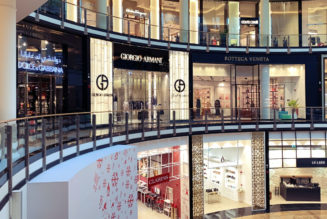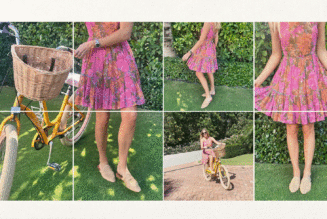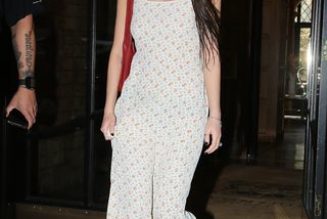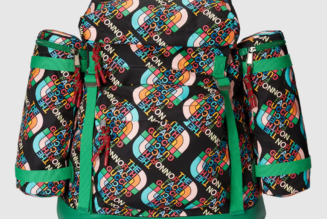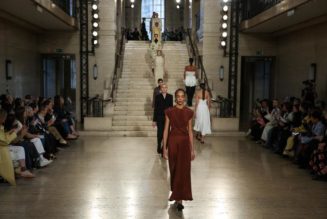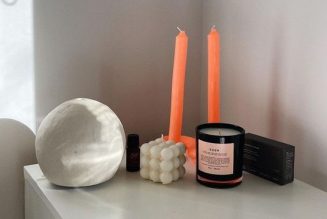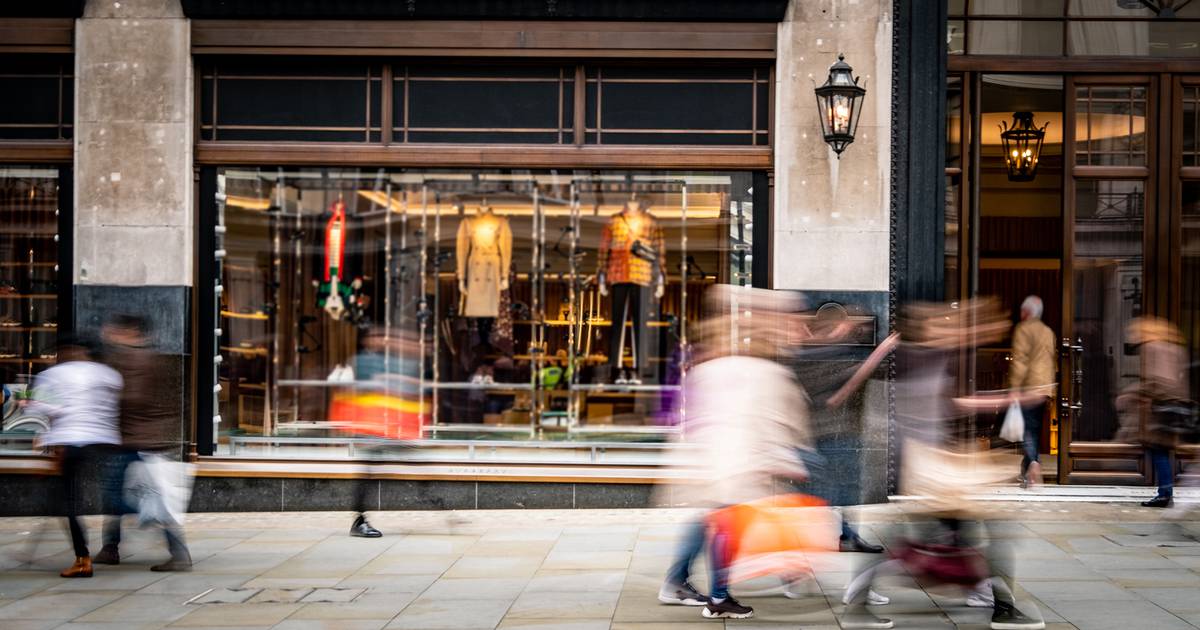
In its latest round of earnings, the luxury industry filed a missing persons report.
Aspirational shoppers — those with the means to buy a coveted bag or two a year, but who are not yet part of the ultra-wealthy clientele that make up the foundation of luxury’s business — are pulling back their big purchases.
In particular, there’s been a drop off in spending from aspirational shoppers in the US, who previously served as the luxury sector’s parachute coming out of the pandemic as lockdowns in China continued into 2022 and travel retail crawled back.
After growing its US business 80 percent between 2019 and 2022, Kering saw its sales in the country fall 18 percent during the first quarter of 2023. For Burberry, it was the same: First quarter sales in the Americas were down 8 percent. Both companies blamed the declines on the loss of entry-level shoppers. Even LVMH, which saw first quarter sales grow 8 percent in the US, said that boost came from the lower-priced Sephora, while demand for fashion and leather goods softened.
Amongst aspirational consumers (those in the $40,000 to $100,000 earning bracket, according to Earnest Analytics) luxury spending was down 20 percent year-over-year so far in 2023.
“The aspirational clients in particular are sort of taking a break,” said Kering chief financial officer Jean-Marc Duplaix on the company’s earnings call in February.
After years of driving luxury growth — boosted by a strong job market, the crypto boom and supersized Covid savings — the segment is on a luxury purchasing pause. BoF breaks down where they went and when they’re coming back.
What’s the economy got to do with it?
Aspirational shoppers typically include two groups: High earners not rich yet (known as HENRY for short) or those in the middle of the market who stretch their budgets. Both are sensitive to lower GDP growth and inflation as well as rising layoff fears, said Mytheresa chief executive Michael Kliger. He said Mythresea saw the group begin buying less in late 2022.
While the trend has been most notable in the US, the European market is seeing similar dynamics, but they’re likely less visible because of the influx of tourism, said Federica Levato, fashion and luxury lead, partner at consultancy Bain.
In the US, inflation has been in the economic zeitgeist for more than two years, and mortgage costs have soared to 20-year highs, according to S&P Global Market Intelligence. Those two factors eat at discretionary spending power, said Raffi Balyozyan, co-founder and managing partner of luxury investment advisory firm Genthod Global Wealth Management.
Even as inflation cools, consumers still have a lot on their mind.
The great resignation, where employees switched employers or took a break from work altogether, is fading. Fewer US workers quit their jobs in June, according to the Department of Labor. The technology and finance industries, which produce many HENRY shoppers, have both faced waves of layoffs this year.
The author has shared a Flourish data chart.You will need to accept and consent to the use of cookies and similar technologies by our third-party partners (including: YouTube, Instagram or Twitter), in order to view embedded content in this article and others you may visit in future.
Plus, credit card debt is at an all time high, and savings, which spiked during the pandemic, are winnowing down. Student loan payments, which have been on hold since 2020, are set to start up again in October.
“Folks are hunkering down and not taking for granted they need their jobs, they need their savings. A couple of months ago, there was a much more cavalier attitude,” said Sonia Lapinsky, partner and managing director at retail advisory firm AlixPartners.
Still, much of the tempering can be chalked up to post-pandemic normalisation, said Oliver Chen, retail managing director at TD Cowen.
“People are buying closer to need. People are looking for promotions,” said Chen.
What else is going on in luxury?
Outside macroeconomic headwinds, luxury brands are focussing on catering to higher net worth shoppers and releasing fewer entry-level products such as logo-heavy bags, T-shirts and sneakers in favour of styles and experiences, like VIP stores for top clients that appeal to the wealthiest of the wealthy, said intelligence firm Edited’s Kayla Marci in a report.
Luxury retailers added 34 percent less new sneaker SKUs from 2022 to 2023, and items featuring prominent logos waned in popularity, according to Edited. After Gucci saw its first quarter sales slump, CFO Duplaix told analysts the brand was set on moving more up-market, including by launching salons for the ultra-rich, with prices starting at $40,000.
The author has shared a Flourish data chart.You will need to accept and consent to the use of cookies and similar technologies by our third-party partners (including: YouTube, Instagram or Twitter), in order to view embedded content in this article and others you may visit in future.
Fashion’s biggest spenders always preferred the “quiet luxury” defined by sleek, understated styles in elevated fabrics. Brands are more visibly shifting their focus to this audience, especially as the group shows willingness to keep spending more. Even top luxury clients opted to spend less on entry-level priced products compared to a few months ago, said Levato.
“The highest-end consumer is defining what’s hot because they are the one engine in top gear,” said Mytheresa’s Kliger.
Where is the aspirational shopper going?
US consumers are still spending: Retail sales are up 1.5 percent from a year earlier, according to US census data. Aspirational consumers have likely just shifted some spending toward more affordable contemporary brands like Staud, Reformation and Ganni.
The author has shared a Flourish data chart.You will need to accept and consent to the use of cookies and similar technologies by our third-party partners (including: YouTube, Instagram or Twitter), in order to view embedded content in this article and others you may visit in future.
Resale has redirected some entry-level shoppers away from purchasing directly through brands, as they can buy from the same labels but with the cultural cred of savvy consumership.
“How do you buy a Birkin? You can just go onto a resale platform and buy one. What’s better is you can buy a vintage one that looks like you’ve been wearing it for 15 years,” said Liana Satenstein, Vogue contributor and host of archive-centric webcast “Neverworns.”
Aspiration itself has shifted, especially for younger consumers. Shoppers want items that show uniqueness rather than just status, said Levato. Brands like Luar and Telfar, for example, sell bags priced at less than $600, but their ties to values like accessibility and inclusion draw in shoppers.
Luxury brands also have more competition for people’s high-priced purchases as social media makes it easier for consumers to learn about the world beyond the luxury giants. TikTokers have spread the word about insider-favourite brands like Khaite, The Row and Totême. And as travel booms, some shoppers are buying a flight to Paris instead of a Baguette bag.
“[Aspirational consumers] likely can’t do all or both. Luxury product purchasing is suffering,” said Lapinsky.
While Levato doesn’t expect the attitude to be long-term, how fast the segment comes back has to do with the economic outlook.
“This, as always in fashion, is a cycle. We had a boom cycle for aspirational customers, now it’s slowing down. They will be back,” said Kliger.

